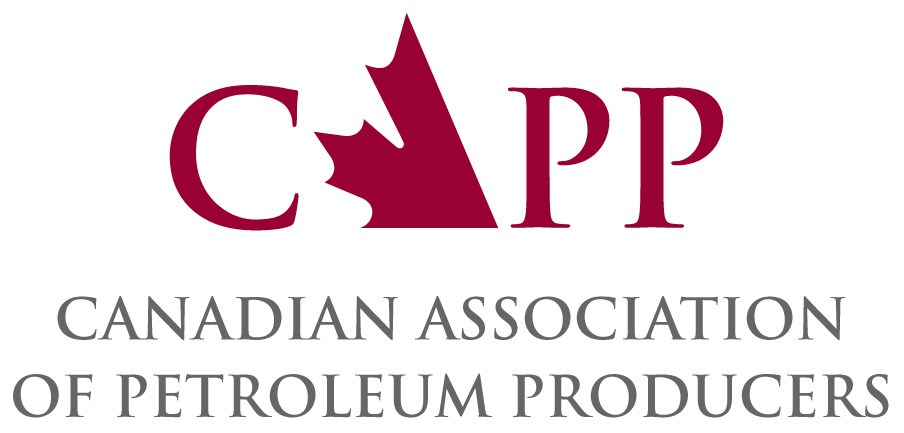Canada is a world leader in innovation and technology in the fight against climate change, according to a press release from the Canadian Association of Petroleum Producers (CAPP).
CAPP believes Canada has improved its competitive position in North America by committing to the North American Climate, Clean Energy and Environment Partnership with the United States and Mexico.
Establishing a level playing field for greenhouse gas (GHG) reduction targets, with other North American oil and natural gas producers, will be beneficial. CAPP noted that Canada’s environmental and regulatory stringency on methane emissions meets or exceeds the stringency of Mexico and the United States, and CAPP is pleased to see a commitment from all three North American countries to the same goals to address climate change through innovation and technology.
“Canada’s upstream oil and natural gas industry has long advocated for a North America-wide strategy on methane emissions, and is in a leadership position to collaborate and share technological solutions with Mexico and the United States,” CAPP said.
Over the past two decades, the oil and natural gas industry has reduced natural gas flaring by 63 per cent. The Canadian Oil Sands Innovation Alliance (COSIA) is a voluntary group of oil sands producers that has invested almost $1.3 billion to develop 819 patents to improve environmental performance.
“Canada is a leader in reducing methane emissions in the oil and natural gas sector and we are pleased to see a joint commitment with our North American partners on methane reduction,” said Tim McMillan, the president and CEO of CAPP.
“Our industry recognizes the opportunity for better performance on methane emissions and has been addressing this by working with regulators and governments to improve performance at new and existing facilities.”
CAPP noted that industry and the governments of Alberta and B.C. are investigating the feasibility of carbon capture and storage to reduce emissions from the sector. Saskatchewan is a world leader in the technology through the carbon capture and storage facility at the SaskPower Boundary Dam Power Station near Estevan.
“Through innovation and the development and application of technology, our industry’s objective is to decrease, over time, greenhouse gas emissions per unit of oil and natural gas produced," McMillan said. “This accord generates new opportunities for low-carbon fuels, such as Canadian natural gas, to supply growing energy needs in a new market.”




